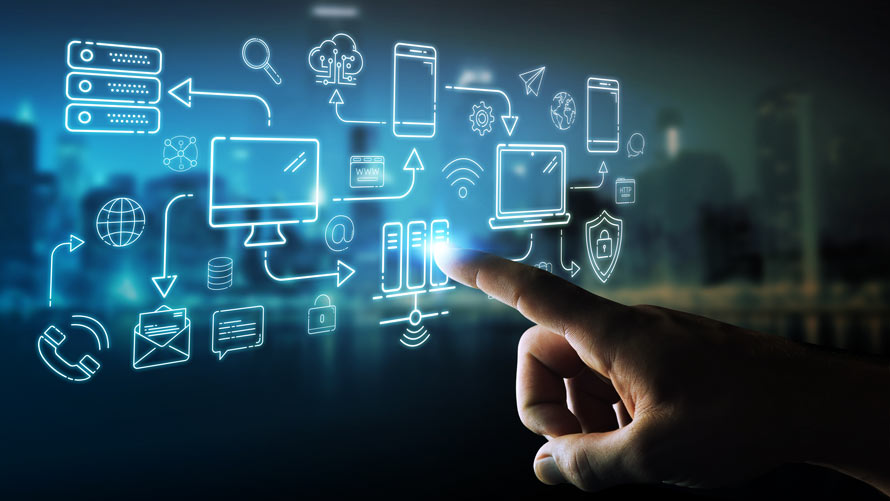BioSpine – digitally enabled rehabilitation technology for spinal cord injury.
Digital twins of engineered assets are important for the supervision and maintenance of industrial processes. We extended the concept of industrial digital twins to the human body, using biophysics computational models to describe the inner workings of an individual's nervous and musculoskeletal systems. This presentation will describe how human digital twins are being developed and used in research applications to create mechanistic-driven therapies for recovery after injury (e.g., spinal cord injury) and disease (e.g., osteoarthritis).
Presenter: Dr. Claudio Pizzolato Senior Research Fellow Griffith University QLD .
Dr Claudio Pizzolato received a Master Degree in Mechatronic Engineering from the University of Padova (Italy) and then moved to Australia to complete a PhD in computational biomechanics (Griffith University). Claudio is now a senior research lead within the Griffith Centre of Biomedical and Rehabilitation Engineering, and a senior lecturer within the School of Health Sciences and Social Work, at Griffith University. Claudio's research focuses on development of real-time computational modelling of neural and musculoskeletal systems, and their application to rehabilitation, brain-human-machine interfaces, wearable sensors, and medical devices. Claudio authored >50 journal publications across the fields of neural engineering, mechanobiology, neuroscience, and rehabilitation, and currently leads the BioSpine research project on neural recovery after spinal cord injury.
Co-sponsored by: IET/IEEE Retired Engineers Group
Speaker(s): Claudio,
Agenda:
Tecnical Talk
Bldg: Engineers Australia, 108 King William St, 11th Floor, Adelaide, South Australia, Australia, 5000



